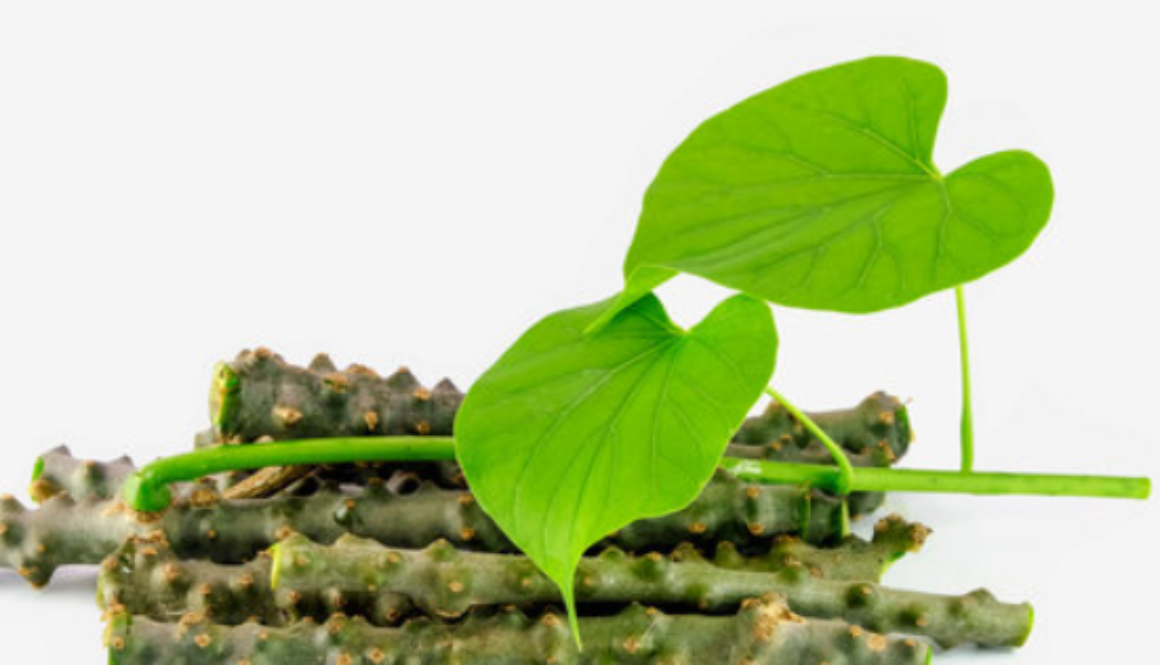GILOY
CLIMATE: The plant grows in subtropical and tropical climate. It does not tolerate high rainfall or waterlogged conditions.
SOIL: Giloy grows well in light medium sandy loam soil, rich in organic matter and with proper drainage.
PROPOGATION AND PLANTATION: These plants are cultivated by stem cutting. The cuttings may be obtained from mother plants during June-July. Seed sowing may also be used for cultivation. However, it takes double the time required in stem cutting.
The stem cuttings with nodes shall be sown directly in the field within 24 hours of their removal from mother plant. Meanwhile, they should be half-dipped in the water vertically. An optimum spacing of 3 x 3 m in one ha land shall be maintained in the filed for better yield. Since these are climbers, require some support to grow.
This can be done by preparing wood stakes or alike structures.
PLANT PROTECTION: The medicinal plants have to be grown without chemical fertilizers and use of pesticides. Organic manures like, farmyard manure, vermi compost, green manure, etc. may be used as per requirement of the species. To prevent diseases, bio-pesticides could be prepared (either single or mixture) from Neem (kernel, seeds
& leaves), Chitrakmool, Dhatura, etc.
IRRIGATION: These plants are grown under rain-fed conditions, however, occasional irrigation in extreme hot or cold climate may help them to withstand.
HARVESTING: When the leaves begin to fall in August and September, the stems should be cut 30 cm above the ground and collected. Pale green colored stems are cut into small pieces, dried and used for various purpose.
USES
Giloy has huge medicinal value for its immune boosting properties. It improves digestion, treats chronic fever, diabetes, resolves stress and anxiety, reduce asthmatic and respiratory problems, treats arthritis. It is also a natural aphrodisiac.
Apart from medicinal uses, the plant may be used as animal fodder for its nutritional values.

